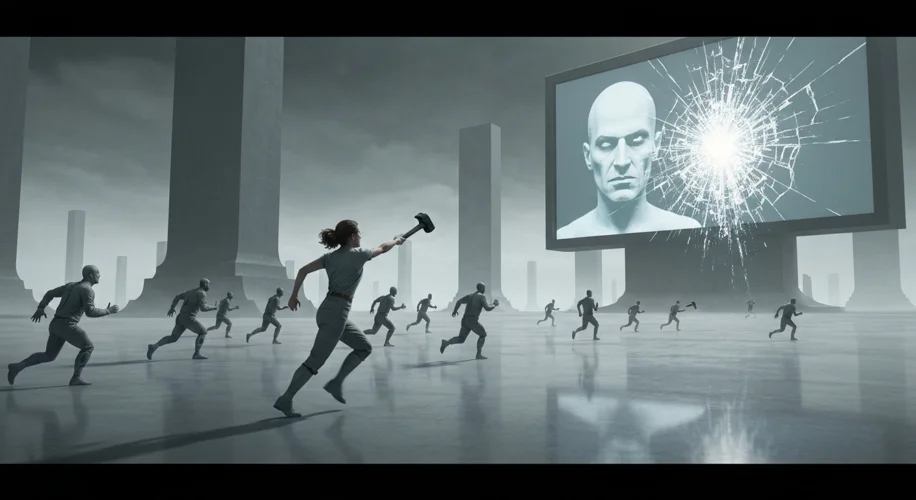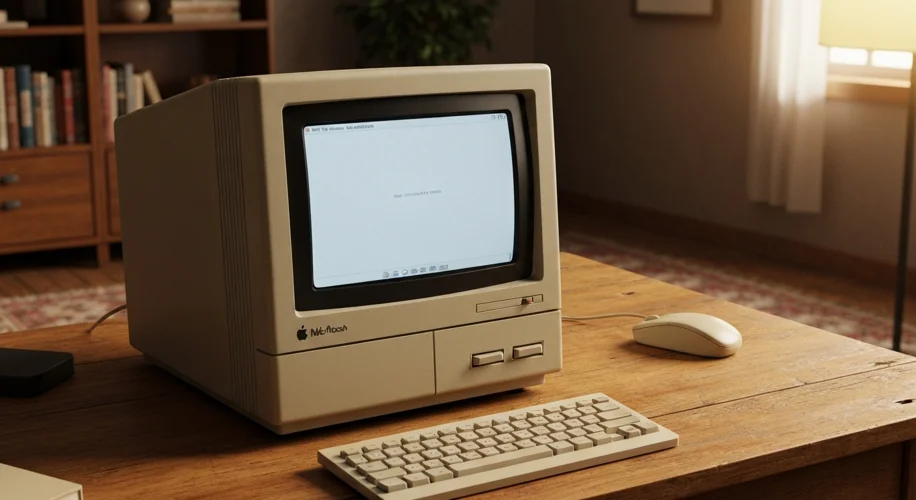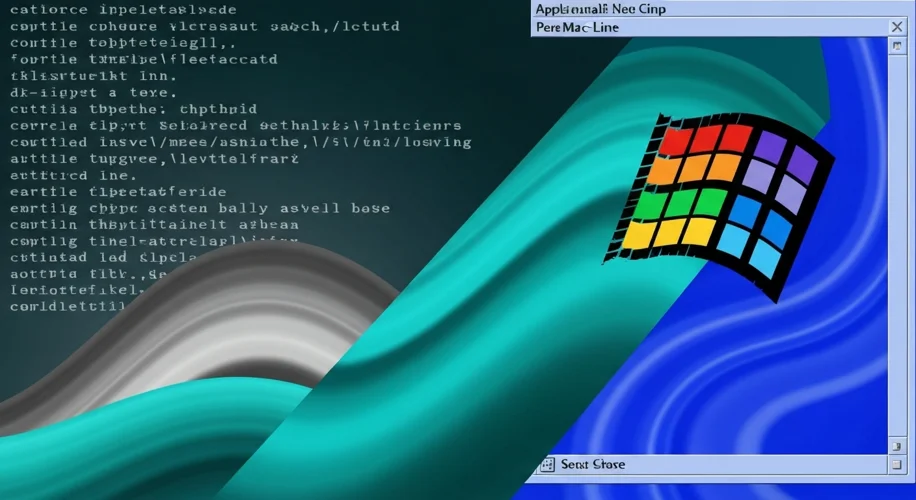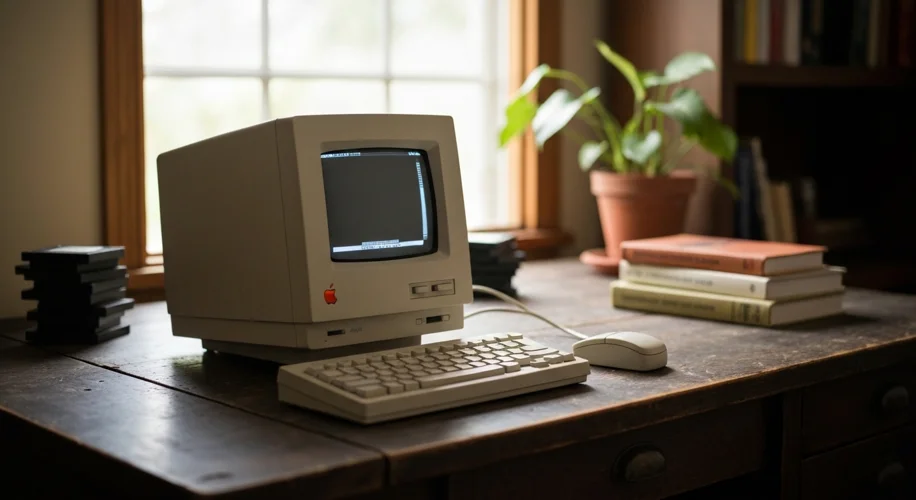The year is 1984. A chilling wind seems to blow through the collective consciousness, a sense of unease, of omnipresent control. Then, on January 22nd, during the Super Bowl XVIII halftime show, a beacon of a different kind of future blazed across American television screens. It wasn’t a warning of Orwellian dystopia, but an invitation. An invitation to liberation, to creativity, to personal power, all embodied in the sleek, beige form of the Apple Macintosh.
For decades, computers had been the domain of the elite – large, inscrutable machines humming in climate-controlled rooms, operated by men in lab coats wielding punch cards. The idea of a computer in every home, let alone on every desk, was the stuff of science fiction. But in the quiet garages and bustling labs of Silicon Valley, a revolution was brewing, fueled by innovation and a radical vision:

Central to this revolution were figures like Steve Jobs, a visionary with an almost messianic belief in the transformative power of technology, and Steve Wozniak, the engineering genius who had laid the groundwork with the Apple II. But the Macintosh was a different beast entirely. It was born from a clandestine project within Apple, inspired by groundbreaking work done at Xerox PARC. Here, researchers had developed the concept of a Graphical User Interface (GUI), a visual way to interact with a computer using icons, windows, and, crucially, a mouse.
Jobs, famously, saw the potential of this GUI and the mouse during a visit to Xerox PARC. He recognized that this was the key to making computers truly accessible, to demystifying them for the average person. He famously declared, “We can’t invent the future. We can only come to it.” The Macintosh was his attempt to bring that future into the present.
The development of the Macintosh was fraught with challenges. It was a departure from established computing paradigms, requiring entirely new ways of thinking about software and hardware. The team, a passionate group of young engineers and designers, worked with an almost religious fervor, driven by Jobs’s relentless pursuit of perfection. They faced internal skepticism, technical hurdles, and the immense pressure of competing with established giants like IBM.
On January 24, 1984, the Macintosh was officially unveiled. It was unlike anything seen before. Instead of a command-line interface, users were greeted with a friendly desktop. Files were represented by icons, folders opened like real ones, and a simple, elegant mouse allowed direct manipulation. “Hello, I’m Macintosh,” the computer famously announced in its demonstration, a direct challenge to the impersonal nature of previous computing experiences. This was personal computing, democratized. It was intuitive, friendly, and empowering.
The impact was seismic. While not an immediate commercial runaway success – its price point was high, and its proprietary nature limited software development initially – the Macintosh fundamentally altered the trajectory of personal computing. It proved that user-friendliness and graphical interfaces were not just novelties, but essential components for mass adoption. The “mouse” became a standard input device, and the GUI, pioneered by Apple, became the blueprint for operating systems from Microsoft Windows to modern mobile interfaces.

The Macintosh wasn’t just a piece of hardware; it was a philosophy. It represented a shift from computers as tools for specialists to computers as extensions of human creativity and communication. It fostered a new era of software development, with applications designed to leverage the visual interface, leading to advancements in desktop publishing, graphic design, and ultimately, the digital content we consume today.
While the initial years were a struggle, with Apple experiencing its own internal turmoil and market challenges, the legacy of the Macintosh was undeniable. It taught the world that technology could be approachable, even delightful. It laid the foundation for the digital revolution, proving that a single, well-designed machine could indeed change the way we live, work, and connect with each other. The dawn of the personal computer, heralded by the Macintosh, was not just about silicon and software; it was about empowering individuals and unlocking the potential that lay dormant in the hands of everyday people.


